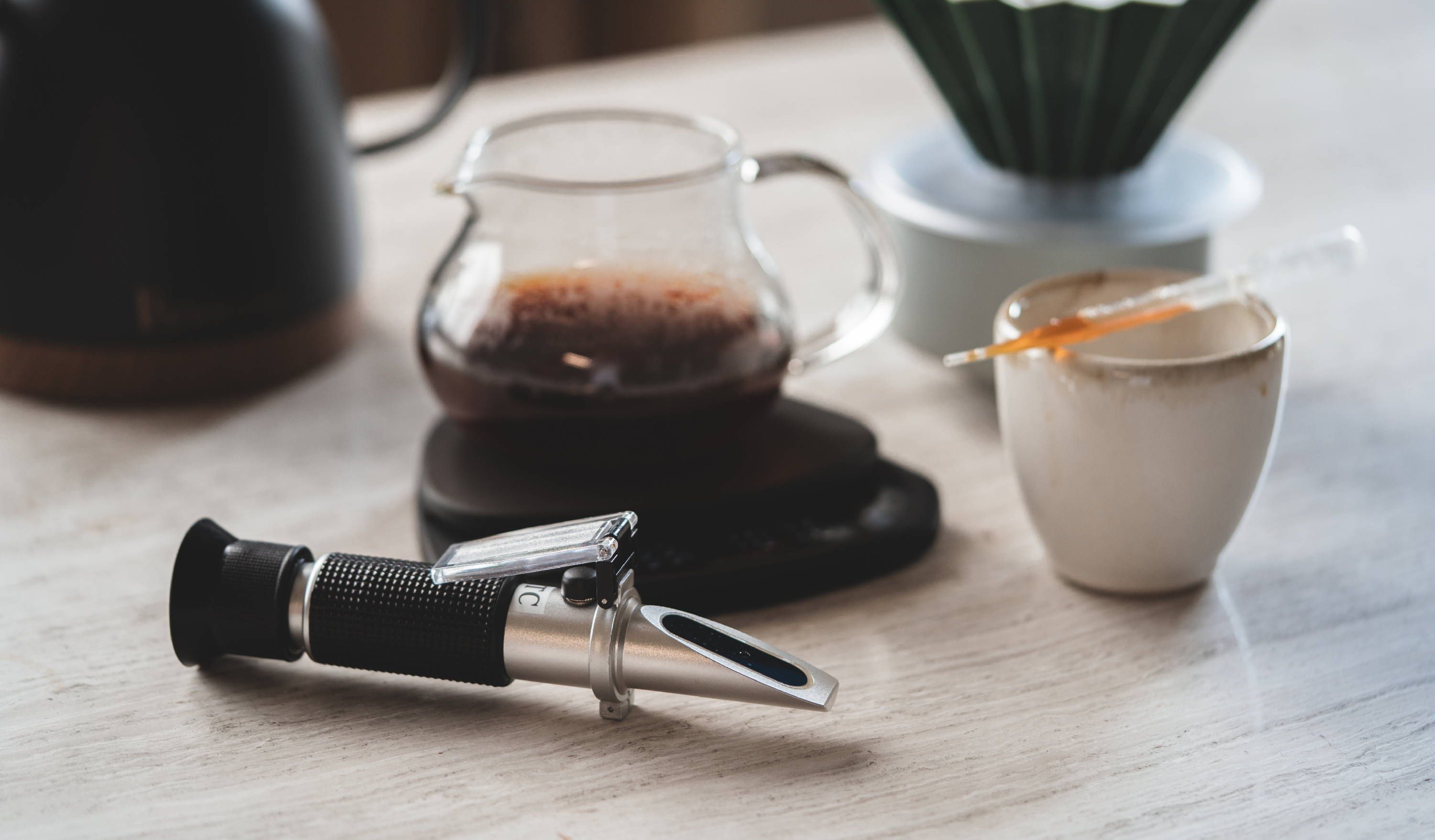Total Dissolved Solids (TDS) is an often-used metric in measuring coffee.
By definition, TDS is the amount of non-organic suspended solids in water, presented as a percentage of the mass of the liquid. In coffee, TDS% measures the amount of coffee compounds per unit water, or simply, the strength of a cup of coffee. A stronger tasting cup will have a high TDS%, while a weaker, watered-down coffee is likely to have a low TDS%.
The uses of TDS% in coffee are wide and varied. TDS% is measured in coffee competitions as a criterion for all submissions to ensure that the coffees are comparable between competitors. For roasters, TDS% is used for understanding the solubility levels of a roast and quality control purposes. At cafes, TDS% can help to ensure consistency in brew extraction over the course of a day’s service.
Given that TDS% is a relatable measurement for all coffee drinkers, it makes sense to want to incorporate the application of this concept into our daily exploration of coffee: how does the TDS% of coffee differ when using different brewing methods; and how does the same coffee taste, when found in varying concentrations of TDS%?
Unfortunately, while understanding the concept of Total Dissolved Solids may be relatively easy, the same cannot be said about measuring TDS%. Measurement of TDS% requires the use of highly specialised refractometers, where two of the most popular brands used in the coffee industry are Atago and VST. Each device costs at the very least in the hundreds, falling out of the budget range of the average home brewer.
For home brewers that want to have access to measuring TDS% on a reasonable budget, this is where the science of Brix comes in handy.
Brix
Degrees Brix (°Bx) is the unit of measurement of refractive index, used to estimate the refractive index of a liquid solution at 20°C. It can measure specific concentrations of sucrose dissolved in water to determine sugar levels found in vegetables, juices, soft drinks, wine, beer, and many more plant-based foods.
Like TDS, °Bx requires the use of a specialised device to measure. However, unlike with TDS, a large range of devices that can be used to measure °Bx: from advanced refractometers used that can cost over SGD1,000 to simple optical refractometers which cost just over SGD20.
°Bx was found to correlate almost linearly with the total solids content of brewed coffee. In the right situations, Brix refractometers might be a more affordable option for home coffee enthusiasts compared to the more commonly used TDS refractometers.
From °Bx to TDS
Due to the nature of the measurement of Brix, should the solution contain dissolved solids other than sucrose, the result of this refractive index measurement of °Bx can be thought of to simply represent the dissolved solid content in the solution.
As a result, it is then theoretically possible that we can use °Bx as a proxy to calculate the TDS of a given solution. The relationship between the two has been statistically proven through linear regression analysis, where it was found that the relationship between degrees Brix and TDS can be approximated by the equation:
TDS% = 0.85 x °Bx
In other words, a coffee that was measured to contain 10°Bx has a TDS% of approximately 8.5%, while the TDS% of a coffee with 2°Bx is likely to be around 1.7%.
Limitations in Application
By applying the equation, one should be able to utilise the optical refractometer to approximate the TDS% of a cup of coffee. However, it is not possible to emulate the degree of accuracy that a digital refractometer provides. As we take the optical refractometer readings, the accuracy has a margin of error of about ±0.2°Bx, or approximately ±0.17% TDS. When applied in context, the Brix optical refractometer seems to be a useful tool more so for measuring the TDS% of coffee across a range of brewing methods and parameters, rather than within specific applications such as the measurement of differences in coffee brewed with the same method and parameters.
As a measure of comparison, the TDS% of filter brews often range from 1-2%, and while not impossible, differences in TDS% from one set of brew parameters to another might be more difficult to identify using the Brix refractometer.
On the other hand, espressos, often with a bigger range of TDS% ranging anywhere between 7-13%, the Brix refractometer can be used to identify the differences in a simple and practical manner.
When used for data collection for simple experimentation, or even simply as a gauge for daily calibration at home, the Brix optical refractometer is handy equipment in the long run as a cost-efficient substitute for a TDS refractometer, and an option worth exploring for any curious coffee enthusiast!
From Brix to TDS
Journal article by Homeground Coffee Roasters.
Journal Archive
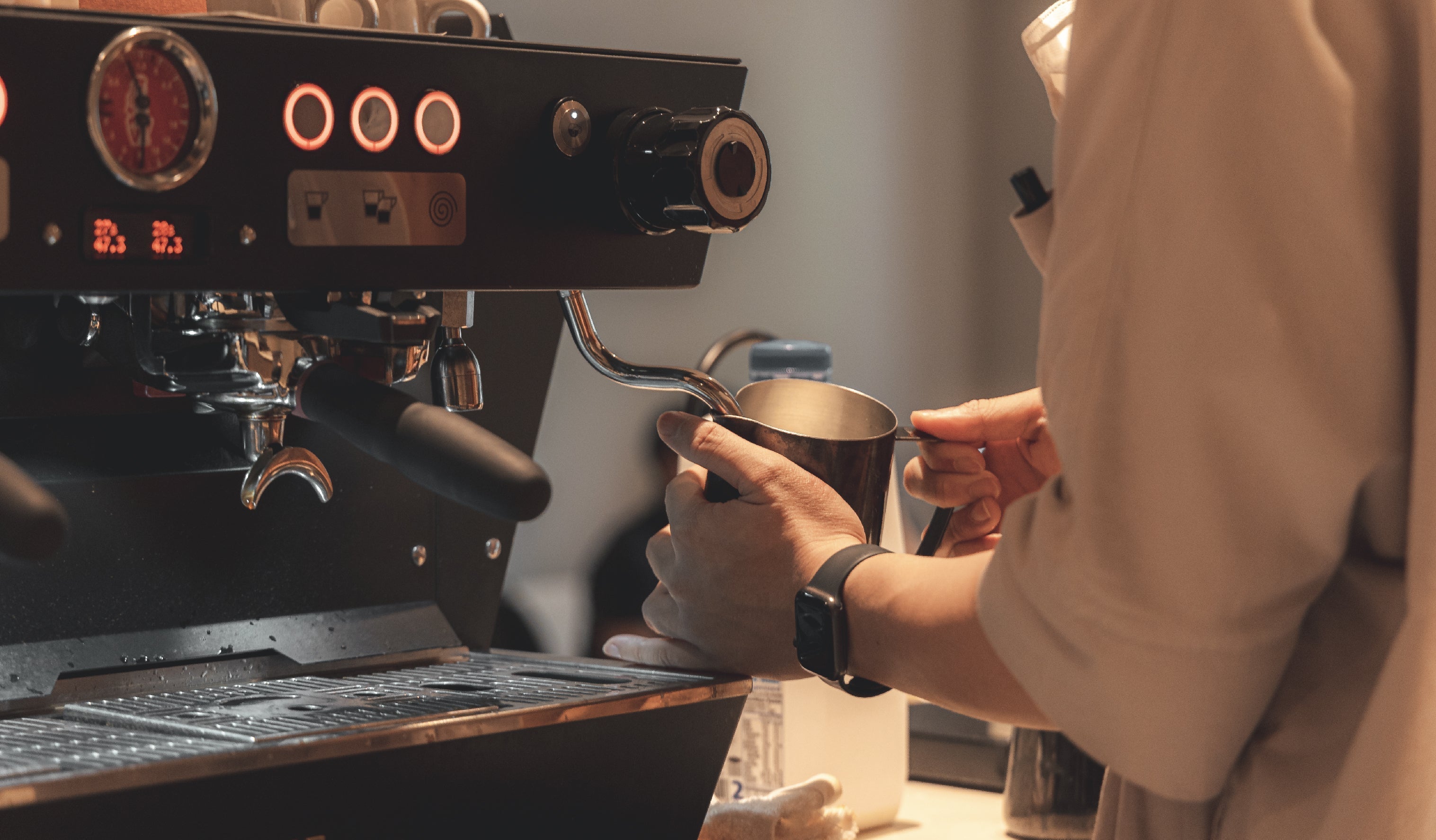
Milk in World Barista Competitions
An overview of milk concentration methods in coffee competition, focusing on freezing techniques that enhance milk's qualities for great coffee beverages.
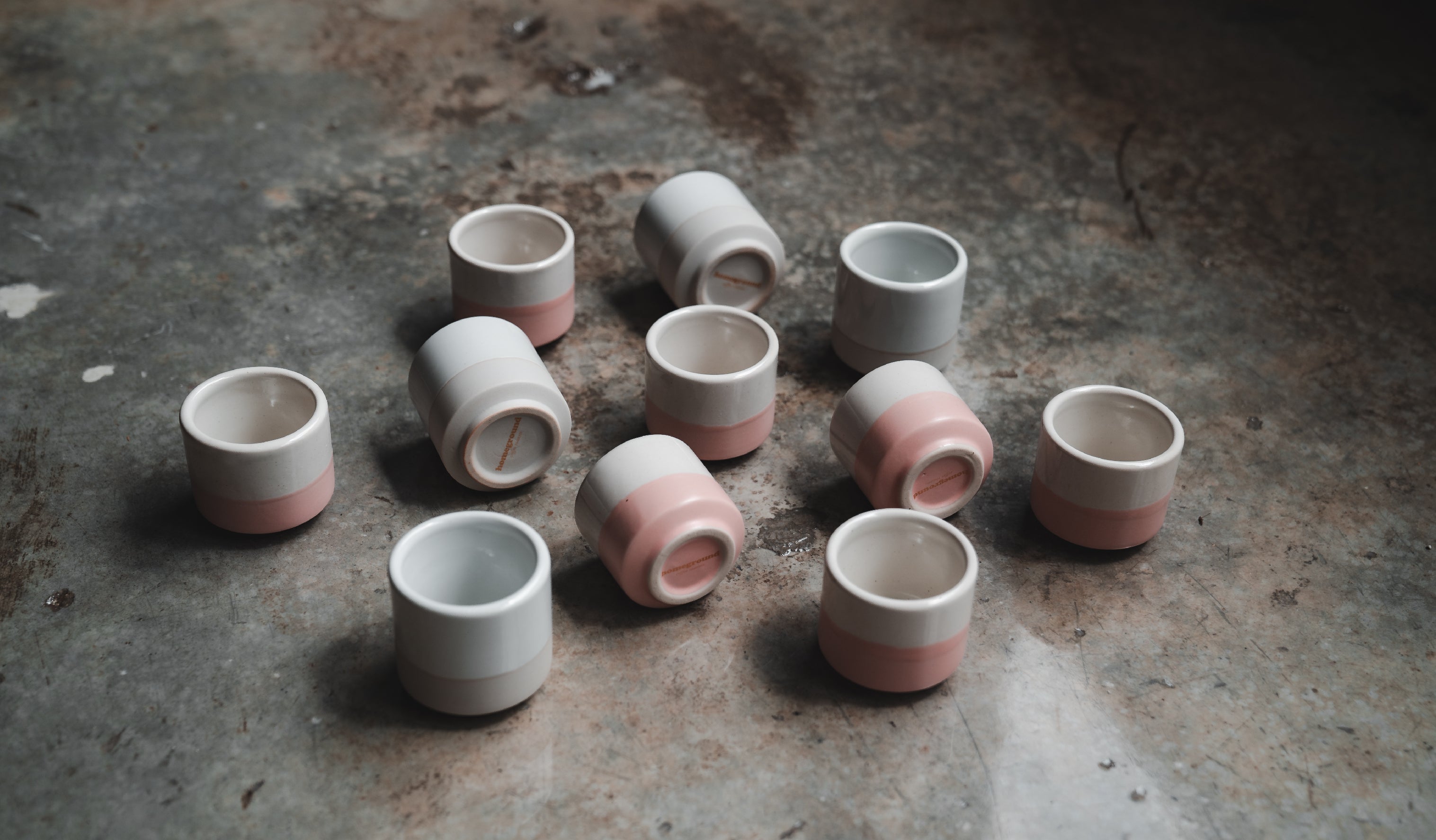
How Coffee Cup Colours Affect Your Drinking Experience
Cross-modal perception of colours on the taste of coffee
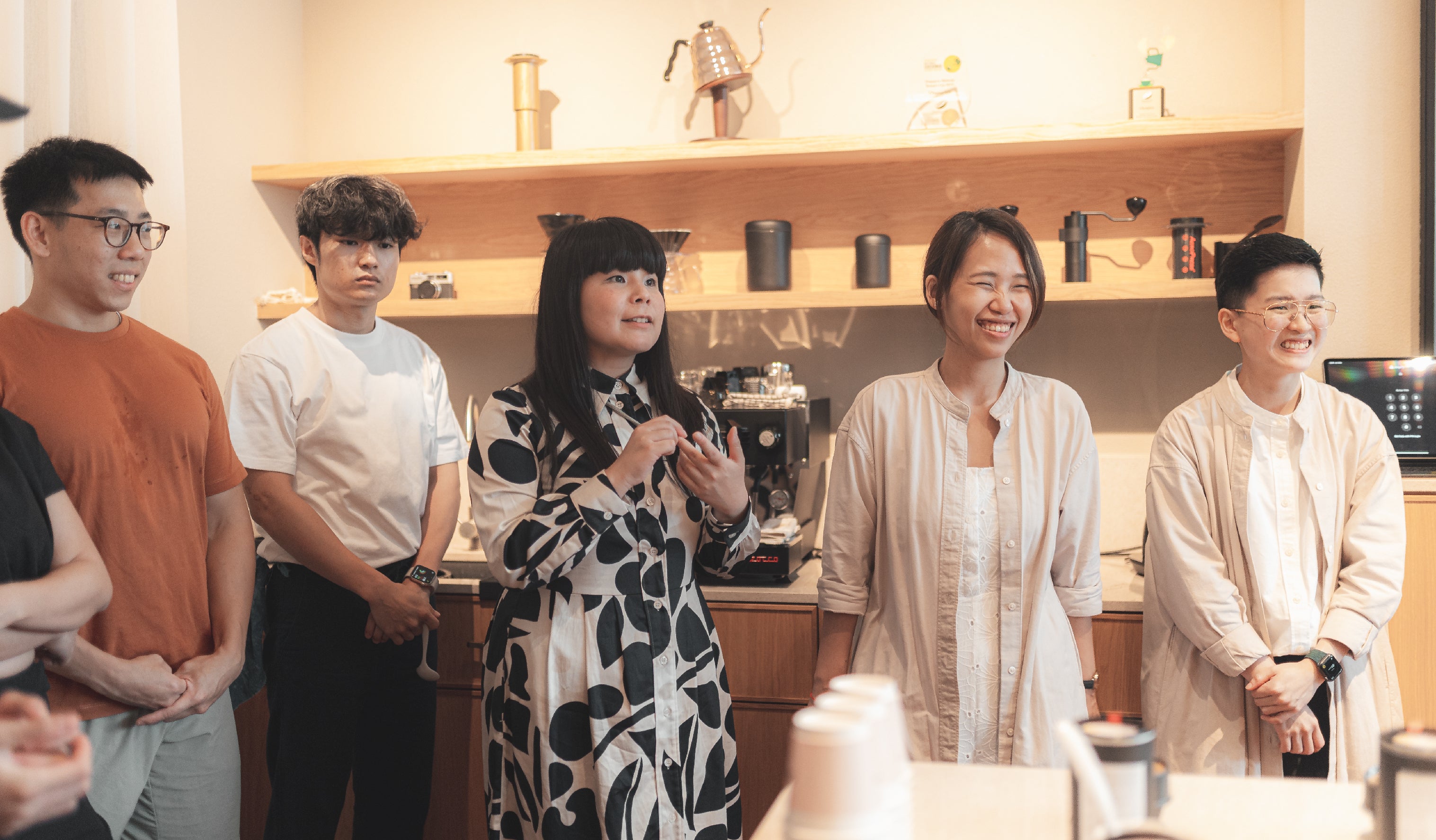
Learning to enjoy more
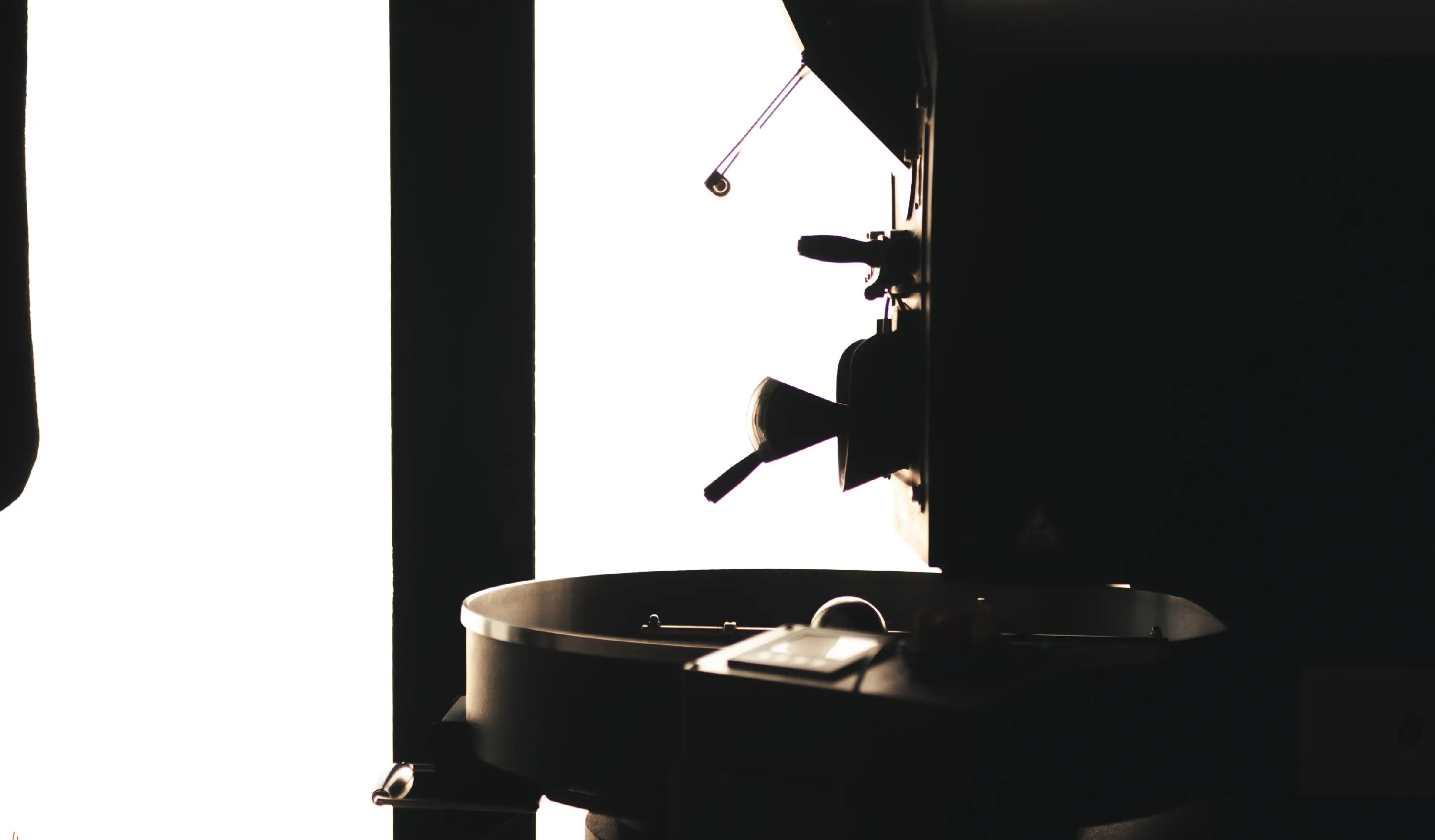
Same Coffees Everywhere, All at Once
Why do local specialty coffee shops serve the same coffees?
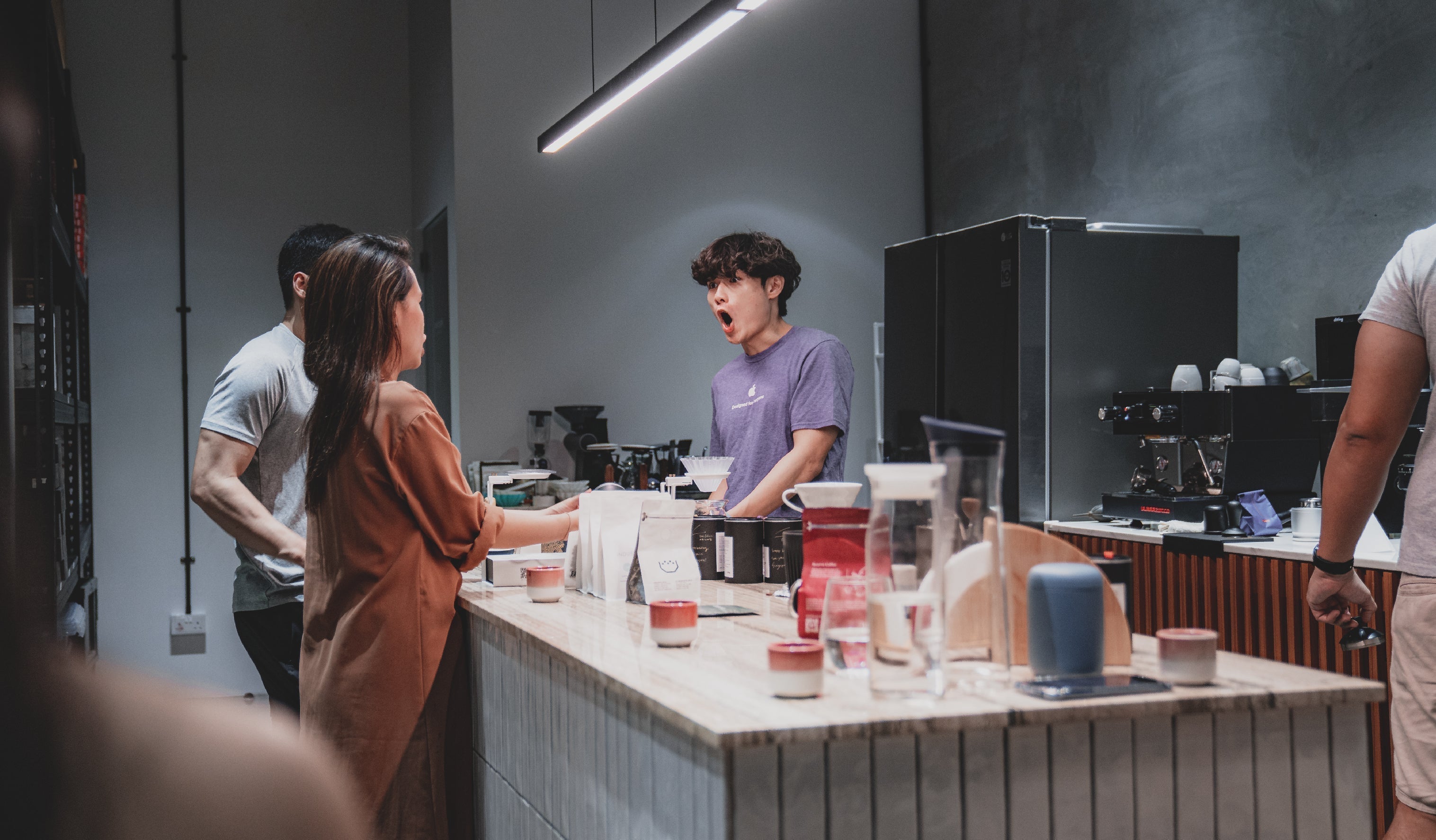
A study of unexpected coffee production nations
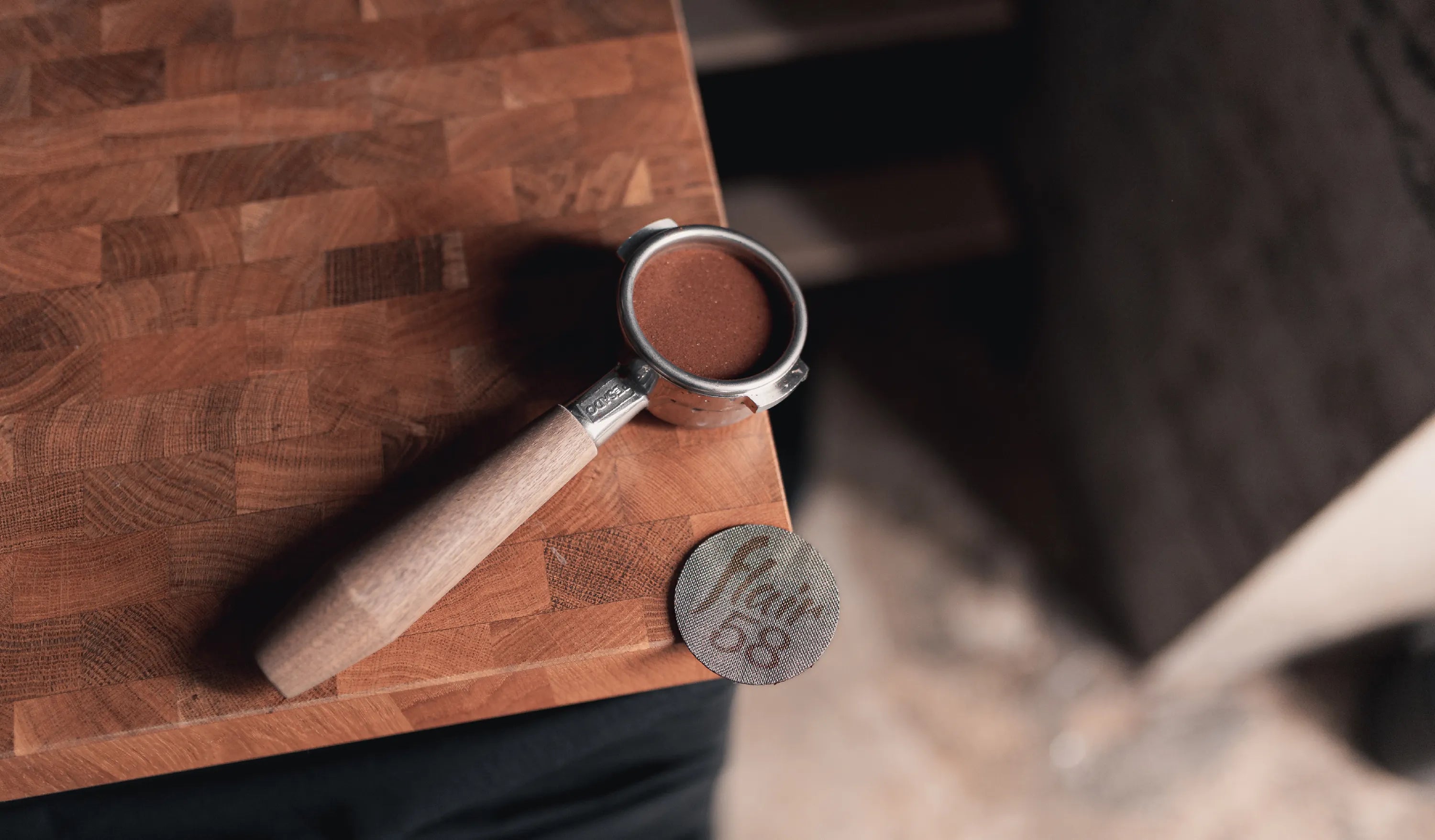
A low down on using puck screens for espresso machines


